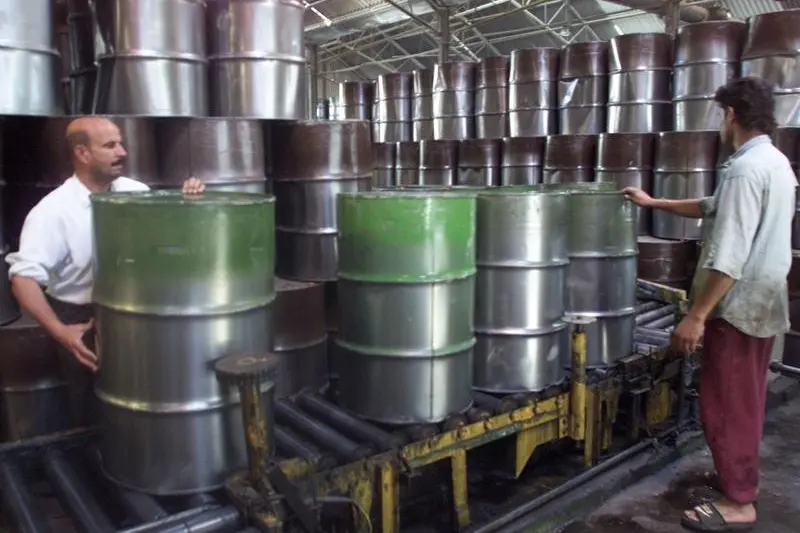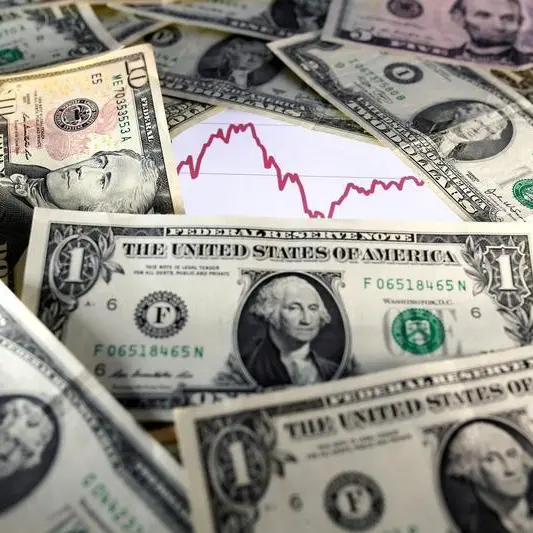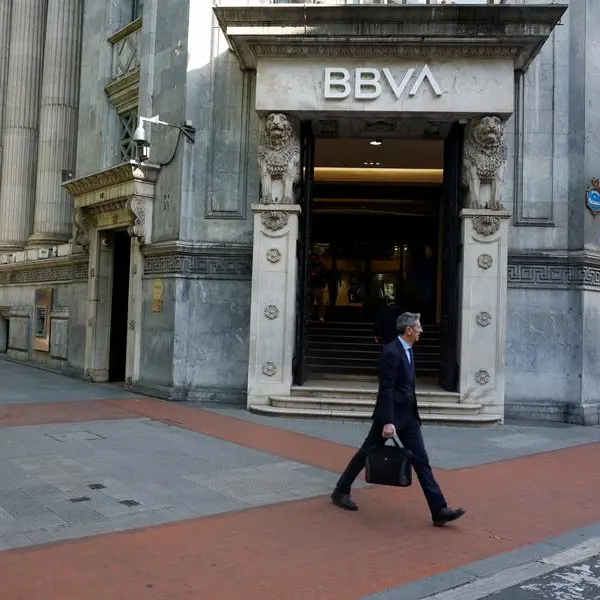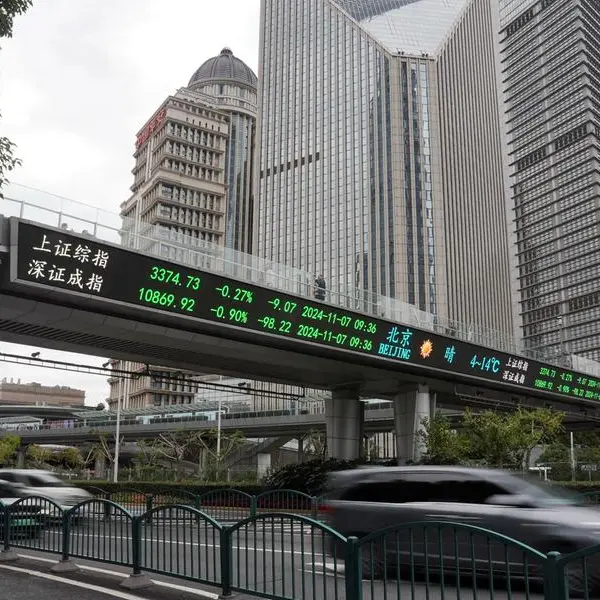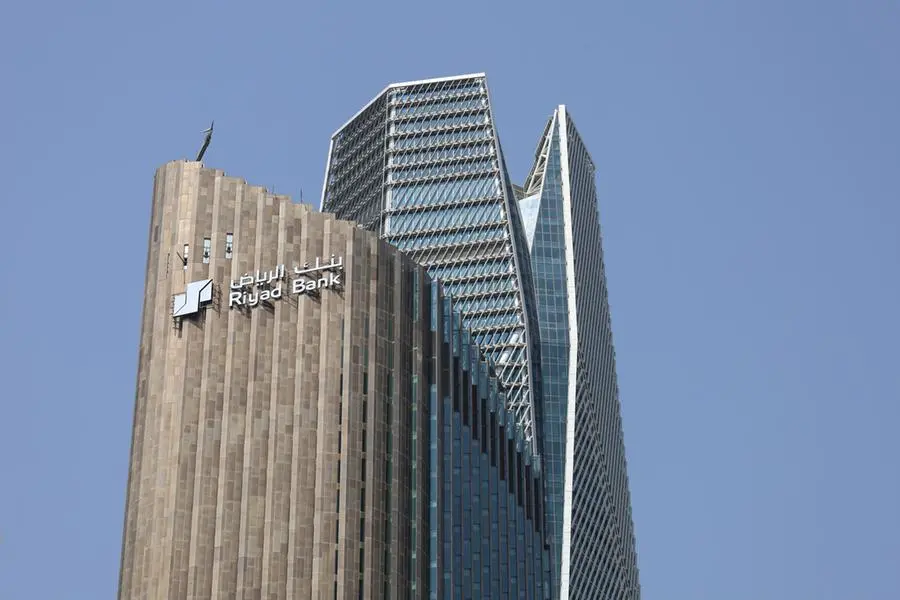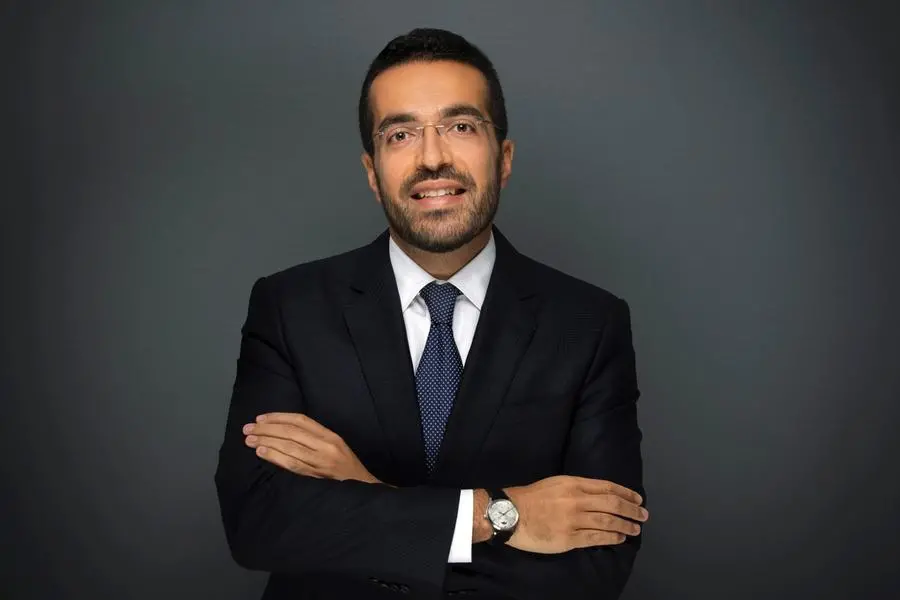PHOTO
Investors trimmed their bearish short positions in petroleum after other financial markets steadied following a sudden plunge earlier this month and crude prices found support above $75 per barrel.
Hedge funds and other money managers purchased the equivalent of 74 million barrels in the six most important petroleum futures and options contracts over the seven days ending on Aug. 13.
Most of the purchases, both overall and for individual contracts, came from buying back previous bearish short positions (-55 million barrels) rather than creating fresh bullish long ones (+19 million).
Fund managers were purchasers of Brent (+44 million barrels), NYMEX and ICE WTI (+17 million), U.S. gasoline (+6 million), U.S. diesel (+4 million) and European gas oil (+2 million).
Chartbook: Oil and gas positions
The wave of short-covering came after investors cut their combined position to the lowest for over a decade the week before.
It also came after front-month Brent crude futures prices bounced from an eight-month low of $75 per barrel on Aug. 5.
With prices and positions so low, bearish trades had become crowded and the probability of at least a short-term bounce had become high.
Once other markets stabilised, some fund managers decided to realise profits and close out bearish positions. The bounce in prices was therefore both the cause and the consequence of short-covering.
Even after the short-covering, however, the combined position was just 226 million barrels, in only the 3rd percentile for all weeks since 2013.
Front-month Brent prices rose to around $81 per barrel, but that was no more than the long-term inflation-adjusted average.
There was still considerable potential for short-covering and the rebuilding of bullish positions to help propel prices higher.
But for the time being further position-building and price rises have been capped by lingering doubts about the outlook for the major economies and petroleum consumption.
U.S. NATURAL GAS
For the third week in a row, investors made few changes to their broadly neutral position in U.S. natural gas over the seven days ending on Aug. 13.
Hedge funds and other money managers purchased the equivalent of 20 billion cubic feet (bcf) in futures and options tied to the price of gas at Henry Hub in Louisiana.
Funds held a net long position of 352 bcf (42nd percentile for all weeks since 2010) essentially unchanged from 341 bcf (41st percentile) three weeks earlier and down from a recent high of 1,123 bcf (59th percentile) on June 11.
But there are indications the enormous surplus of gas inherited from the very mild winter of 2023/24 is being eroded by slower production growth and as summer air-conditioning demand and ultra-low gas prices boost gas-fired generation.
Working inventories dropped 6 bcf over the seven days ending Aug. 9, according to data from the U.S. Energy Information Administration.
Inventories have risen by a total of just 65 bcf over the last five weeks, the slowest seasonal increase in data going back to 2010, and compared with a ten-year average rise of 213 bcf.
As a result, stocks were 389 bcf (+13% or +1.20 standard deviations) above the prior ten-year seasonal average, down from a surplus of 664 (+40% or +1.24 standard deviations) in mid-March.
With the air-conditioning season more than half over, it is virtually certain inventories will still be above average when the 2024/25 winter heating season starts on Nov. 1.
But the surplus is gradually eroding and is on course to be eliminated entirely before the end of winter 2024/25.
John Kemp is a Reuters market analyst. The views expressed are his own.
(Editing by Kirsten Donovan)
